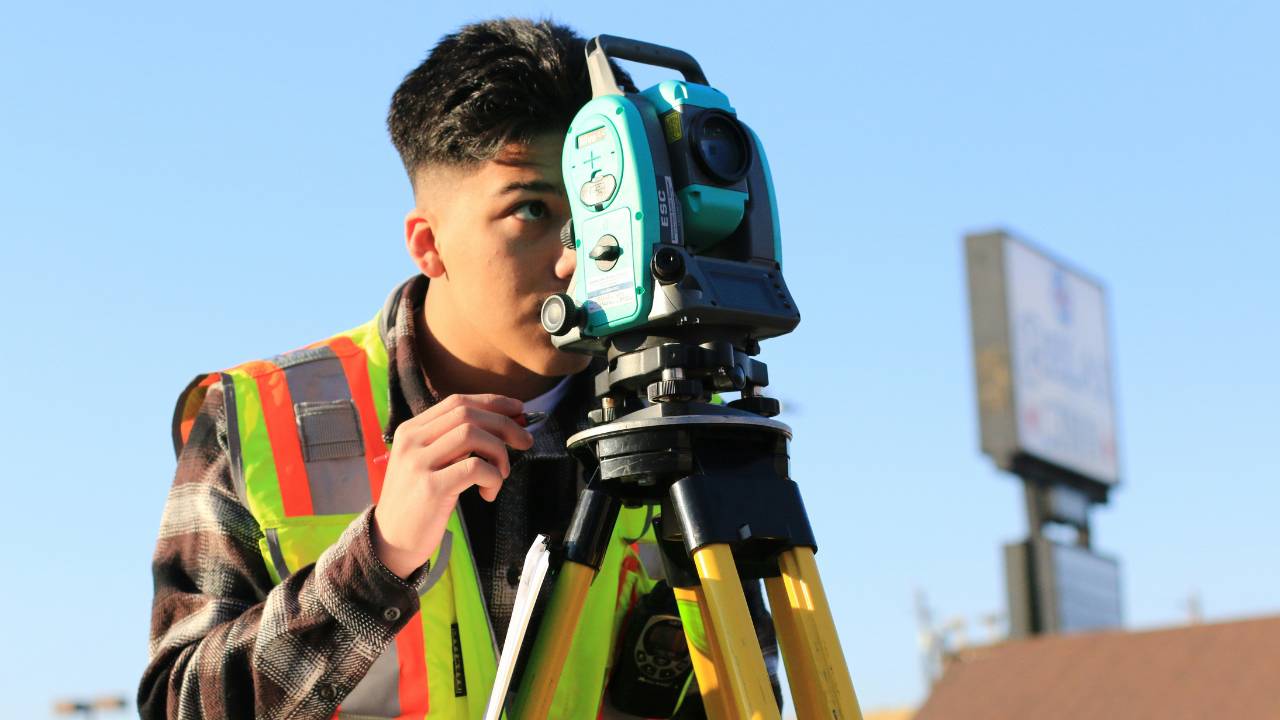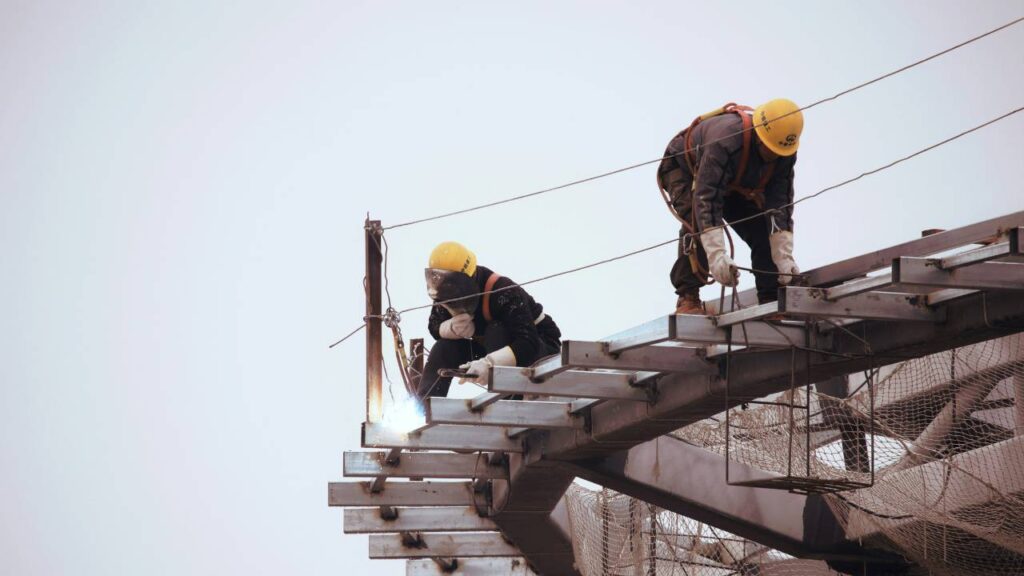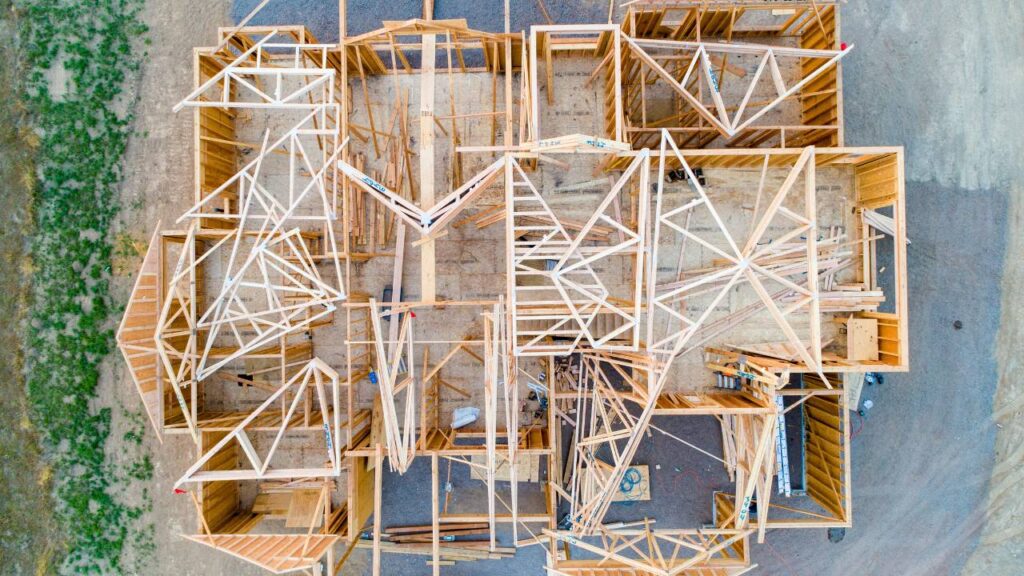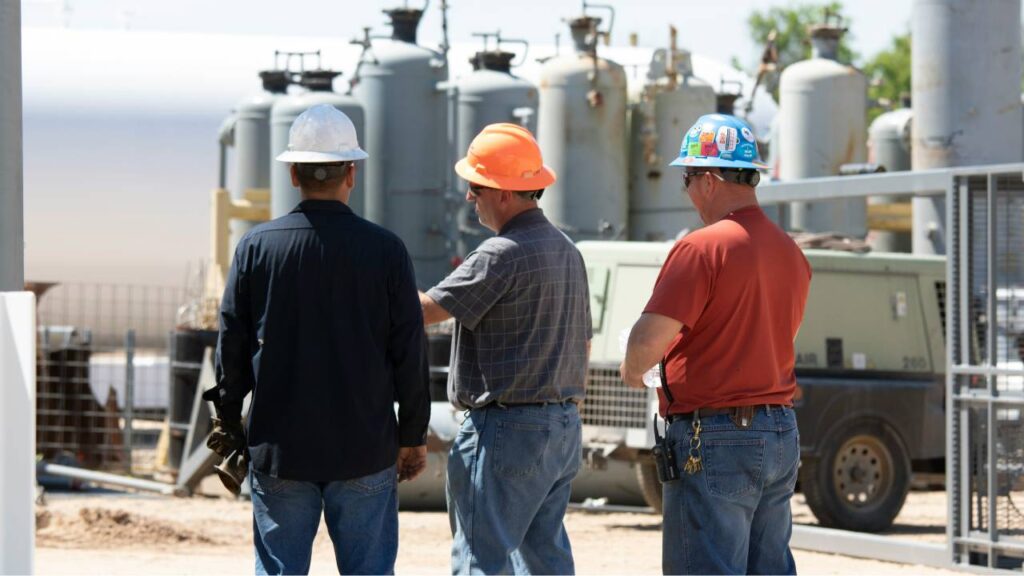
Technology is transforming the landscape of modern construction, bringing innovation and efficiency to an industry traditionally known for manual labour and time-intensive processes. From drones surveying large construction sites to 3D printing creating intricate building components, technology is revolutionising how projects are planned and executed. This shift not only speeds up construction timelines but also enhances the quality and safety of the built environment.
You gain significant advantages by incorporating advanced technologies in construction projects. Building Information Modelling (BIM) allows for detailed visualisation and streamlined collaboration among stakeholders, reducing the likelihood of errors and costly rework. Tools like augmented reality enable you to visualise the final outcome before breaking ground, ensuring better planning and fewer surprises during construction phases.
With the increasing integration of artificial intelligence and robotics, the construction industry is entering a new era of productivity and innovation. Technologies like AI can predict potential project delays and suggest optimisations, while robotics handle repetitive and dangerous tasks, improving safety on site. Embracing these advancements means you stay ahead in a competitive market, delivering projects more efficiently and with greater precision.
Emerging Technologies in Construction
New technologies are reshaping the construction landscape, introducing greater precision, efficiency, and innovative capabilities. Key advancements include artificial intelligence, robotics, and immersive technologies like virtual and augmented reality.
Artificial Intelligence and Machine Learning
Artificial intelligence (AI) and machine learning (ML) are transforming construction project management. AI methods help optimise schedules, manage risks, and predict project costs. Machine learning algorithms analyse vast amounts of data to improve decision-making, for example, by identifying patterns in safety incidents to prevent future accidents. Additionally, AI-powered tools can enhance design processes by suggesting efficient building layouts that maximise material usage.
Robotics and Automation
Robotic systems and automation technologies are becoming integral to modern construction sites. Robots, such as brick-laying machines and autonomous vehicles, perform repetitive and hazardous tasks with high precision and speed. Automation reduces human error, enhancing safety and productivity. Moreover, the integration of the Internet of Things (IoT) allows machines to communicate and coordinate seamlessly, resulting in more efficient workflows.
Virtual and Augmented Reality
Virtual reality (VR) and augmented reality (AR) are revolutionising how construction projects are planned and executed. VR enables stakeholders to experience detailed virtual walkthroughs of structures before they are built, facilitating better decision-making and design adjustments. AR assists onsite workers by overlaying digital information onto physical spaces, improving accuracy during construction tasks. These technologies also play a crucial role in training, providing immersive simulations that prepare workers for real-world challenges.
Enhancing Efficiency and Productivity

Technology is significantly enhancing efficiency and productivity in modern construction. You can see this in tools like software and mobile applications, data analytics, and innovations in project management. These advancements are transforming how projects are completed.
Software and Mobile Applications
Integrated software and mobile applications are revolutionising the construction industry. You can use these tools for everything from design and planning to real-time progress monitoring. Applications such as AutoCAD and Revit facilitate accurate designs, while mobile apps like Procore and PlanGrid allow you to manage tasks on-site.
By adopting these technologies, projects become more streamlined. Ambiguities are reduced, and communication between teams improves.
Data Analytics and Big Data
Data analytics and big data are pivotal for making informed decisions in construction. Through data collection and analysis, you can predict potential project delays, manage risks, and optimise resources. BIM (Building Information Modelling) platforms collect data that provides insights into every stage of construction.
Advanced analytics enable you to spot inefficiencies and implement solutions swiftly. This data-driven approach doesn’t just improve efficiency; it also enhances safety and quality control.
Project Management Innovations
Innovative project management tools have drastically improved how construction projects are overseen. Tools like Primavera P6 and Microsoft Project enable you to plan, schedule, and track project progress meticulously. They help you keep projects on time and within budget.
Using cloud-based solutions, you can access project data anytime, anywhere. These tools enhance collaboration, with updates and changes visible in real-time. Combining these technologies with the support of companies like Nostra Ireland ensures your IT infrastructure remains robust and efficient.
Improving Construction Safety and Quality
Technology has significantly enhanced construction safety and quality through various advancements like monitoring systems, drone usage, and rigorous quality control mechanisms.
Advanced Monitoring Systems
Advanced monitoring systems are revolutionising site safety. Sensors and IoT devices monitor conditions such as temperature, humidity, and vibrations. By providing real-time data, these systems can predict potential hazards, allowing you to prevent accidents effectively.
Wearable technology such as smart helmets and safety vests can track workers’ health and location. These wearables alert you to dangerous conditions, ensuring swift responses to emergencies.
Moreover, data collected from these systems aids in identifying unsafe practices and improving workplace protocols. Investing in such technology reduces accidents and increases construction efficiency, creating a safer environment for everyone involved.
Drones and Aerial Imaging
Drones provide a significant advantage in enhancing safety and quality in construction. By offering aerial views, drones allow you to inspect hard-to-reach areas without exposing workers to risks.
High-resolution images and videos captured by drones help in accurate mapping and surveying. This precision reduces errors and ensures that the work meets safety standards. You can also monitor progress in real-time, addressing any quality issues promptly.
Additionally, drones can be equipped with thermal cameras to detect structural weaknesses or insulation problems. By identifying these issues early, you can prevent costly repairs and maintain high-quality standards throughout the project.
Quality Control Mechanisms
Quality control mechanisms are vital for maintaining safety and ensuring high standards. Automated systems check materials for defects and ensure they comply with regulations.
Digital tools help you track every stage of the construction process. These tools manage schedules, budgets, and resources efficiently, reducing the risk of human error. Checking the work against set criteria guarantees consistency and quality.
Regular inspections and audits are essential. They provide an opportunity to verify that safety procedures are followed and quality is maintained. Training workers on quality expectations and proper techniques also plays a critical role in achieving the desired outcomes for your project.
Sustainable Practices and Construction

Sustainable construction emphasises the integration of renewable energy, the use of sustainable materials, and efficient design methods. These practices not only reduce environmental impact but also improve long-term operational efficiency.
Renewable Energy Integration
Renewable energy is vital in sustainable construction. Integrating solar panels and wind turbines into buildings allows you to harness clean, renewable energy. This reduces dependency on non-renewable resources and lowers greenhouse gas emissions.
Solar energy is a popular choice due to its adaptability. Photovoltaic (PV) panels can be installed on rooftops or facades, converting sunlight directly into electricity. Wind turbines, although more viable in rural or coastal areas, can also contribute significantly to energy needs.
Energy storage solutions, like batteries, are crucial for maintaining a steady energy supply. These systems store excess energy generated during peak periods for later use, ensuring consistent power availability.
Sustainable Materials and Techniques
Choosing the right materials is fundamental to sustainable construction. Recycled steel, bamboo, and hempcrete are environmentally friendly options that reduce construction’s carbon footprint. These materials are not only durable but also contribute to better energy efficiency.
Bamboo grows rapidly and has a high strength-to-weight ratio, making it a perfect alternative to traditional timber. Hempcrete is a biocomposite material, combining hemp fibres with lime, creating a strong, lightweight, and insulative wall system. Recycled steel significantly reduces the demand for new steel production, conserving resources and energy.
Construction techniques also matter. Prefabrication and modular construction minimise waste and improve efficiency by building components off-site and assembling them on-site. These methods allow for precise construction, reducing errors and excess material use.
Efficiency in Design and Execution
Efficiency in design ensures buildings are optimised for minimal energy consumption and maximum comfort. Passive design principles play a key role in this. Strategic use of natural light, ventilation, and insulation reduces the need for artificial heating, cooling, and lighting.
Energy-efficient building design often includes high-performance windows and insulation materials to minimise heat loss or gain. Green roofs and walls contribute to better insulation and help manage stormwater.
Execution is equally important. Investing in Building Information Modelling (BIM) can streamline the construction process, reducing material waste and improving collaboration among stakeholders. BIM allows for precise planning and execution, ensuring every aspect of the building is considered for sustainability.
Preconstruction and Planning
In modern construction, the preconstruction and planning stages are crucial. Advanced technologies like Building Information Modelling (BIM), digital twins, 3D modelling, and simulation tools play a key role in ensuring efficiency and accuracy.
BIM and Digital Twins
Building Information Modelling (BIM) allows you to create comprehensive digital representations of buildings. BIM enhances collaboration among all stakeholders, ensuring everyone is on the same page. It covers every aspect, from initial design to potential demolition.
Digital twins take BIM further by creating virtual models that reflect real-time changes. With sensors and IoT devices, you can monitor the building’s performance throughout its lifecycle. These technologies help in identifying issues early, reducing costs, and improving safety.
3D Modelling and Printing
3D modelling enables you to visualise every detail of your construction project before physical work begins. You can explore different design options, making informed decisions that save time and money.
3D printing, on the other hand, is increasingly used for creating complex components quickly and accurately. It facilitates prototyping and can even produce entire building sections, streamlining the construction process and reducing waste. This technology is especially valuable for custom or intricate design elements.
Simulation and Planning Tools
Simulation tools allow you to predict the performance of a building under various conditions. You can analyse factors like energy consumption, structural integrity, and environmental impact. This ensures that the building will meet the necessary standards and perform efficiently.
Planning tools help manage resources, schedule tasks, and allocate budgets effectively. By using these tools, you can ensure timely project completion while keeping costs under control. Combining simulations with robust planning tools maximises the efficiency and reliability of your pre construction phase.
Construction Site Execution

Technology continues to revolutionise how construction sites are managed, with significant enhancements in on-site technologies, material transportation, logistics, and real-time progress monitoring. These advancements contribute to greater efficiency and precision in construction projects.
On-Site Technologies
Modern construction sites are equipped with advanced tools and machinery aimed at improving productivity and safety. For instance, you might see drones used to survey and map job sites, providing accurate and up-to-date information. Wearable technology, such as smart helmets and vests, ensures worker safety by monitoring health data and environmental conditions.
Robotics also plays a crucial role. Automated machinery can handle repetitive or hazardous tasks, reducing the risk for human workers and speeding up the construction phase. Moreover, 3D printing technology can create complex components directly on-site, significantly reducing material waste and transportation logistics.
Material Transportation and Logistics
Efficient material transportation and logistics are vital for keeping a project on schedule. Trucks and other vehicles equipped with GPS can track delivery routes and times, ensuring timely arrival of materials. This real-time tracking allows you to avoid delays that can disrupt the construction phase.
Smart inventory systems help manage supplies, ensuring that the right materials are at the job site when needed. These systems can automatically reorder materials as they are used, preventing shortages and downtime. Also, the use of prefabricated components can streamline on-site assembly, reducing the amount of material that needs to be transported and simplifying logistics.
Real-Time Progress Monitoring
Real-time progress monitoring is essential for keeping construction projects on track. Advanced software allows project managers to oversee every aspect of the job site from anywhere. Using sensors and IoT devices installed across the site, you can collect data on various activities and compare them against project timelines.
This monitoring enables faster decision-making and issue resolution. For example, if a delay is detected, you can quickly reallocate resources to address the problem. Reporting tools generate comprehensive updates, which can be shared with stakeholders to keep everyone informed about the project’s status.
Training and Skilling of Workforce
Modern construction relies heavily on technology to train and skill its workforce. This includes the use of virtual methods to enhance training and the adoption of advanced technologies for upskilling personnel and operators.
Virtual Training Methods
Virtual training methods such as augmented reality (AR) and virtual reality (VR) have revolutionised how you can train construction personnel. These technologies provide a safe environment to practise complex tasks without the risks associated with a real construction site.
You can simulate different scenarios and work on improving your skills in handling various construction equipment. AR and VR offer interactive and immersive experiences, making training more engaging and effective. This not only improves your capabilities but also helps in optimising efficiency through digital transformation.
Upskilling with Advanced Technologies
Advanced technologies like Building Information Modelling (BIM) and drone operations are critical for upskilling the workforce in modern construction. By mastering BIM, you can manage construction projects more effectively, integrating design, planning, and execution in a cohesive digital model.
Similarly, learning to operate drones can enhance your ability to survey sites accurately and efficiently. These skills are becoming essential as the industry increasingly relies on data and automated systems to improve project outcomes. Embracing these technologies ensures that your capabilities are in line with the current industry demands.
Conclusion
Technology has irrevocably altered the landscape of modern construction, making it more efficient, sustainable, and innovative. You can now leverage advanced tools like Building Information Modelling (BIM) and drones to streamline operations.
These advancements help you not just in planning but also in executing projects with greater precision. By integrating smart technologies, you make sites safer and more productive.
Adopting new technology offers a competitive edge, a critical strategy for construction companies to win more projects. Embrace these advancements, and you’ll quickly see improvements in both your project timelines and overall client satisfaction.
Such technological integration doesn’t just benefit large-scale projects but also scales down well to smaller undertakings. For example, 3D printing can expedite complex parts, saving you both time and money.
Maintaining up-to-date skills and knowledge in these technologies is crucial for staying ahead in this ever-evolving field. As a result, it becomes easier to deliver projects on time and within budget.
Incorporating these solutions places you at the forefront of innovation in construction. Focus on continuous improvement and adapt to technological changes to ensure long-term success.